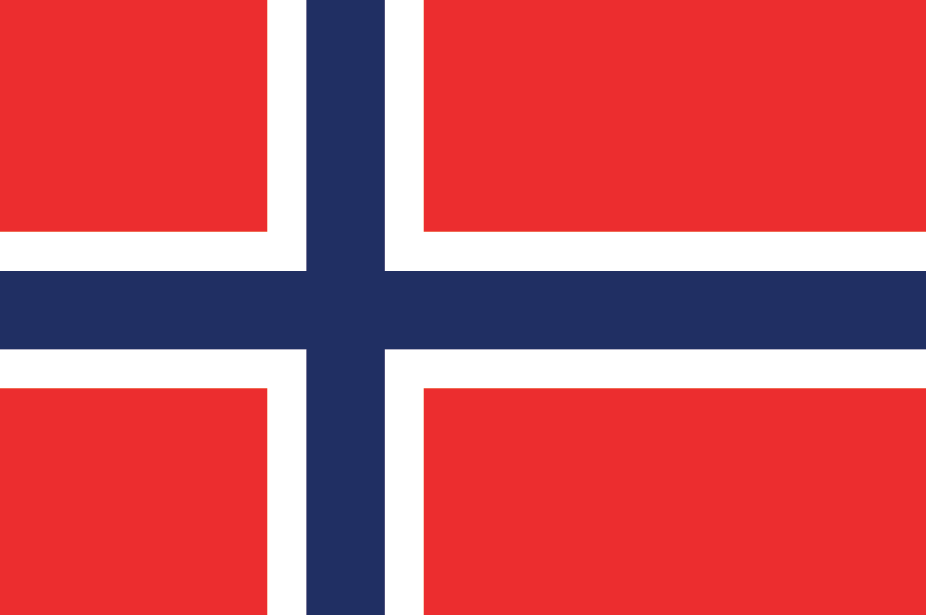
Sustainability Efforts
Country: Norway
Explore sustainability efforts in Norway. The United States Environmental Protection Agency (“EPA”) said it well when they state:
“Sustainability is based on a simple principle: Everything that we need for our survival and well-being depends, either directly or indirectly, on our natural environment. To pursue sustainability is to create and maintain the conditions under which humans and nature can exist in productive harmony to support present and future generations.”
About Norway
Norway, located in Northern Europe, is known for its breathtaking fjords, majestic mountains, and scenic landscapes. It offers outdoor activities like hiking, skiing, and fishing. Norway’s capital, Oslo, showcases modern architecture, cultural museums, and a vibrant music scene. The country is famous for its sustainable practices, high standard of living, and social welfare system. Norway’s rich Viking history, traditional folk music, and delicious seafood cuisine add to its charm. It is also home to the stunning Northern Lights phenomenon. Norway’s natural beauty and progressive values make it an attractive destination for nature lovers and those seeking a high-quality lifestyle. Sustainability efforts in Norway will enhance the country’s future.
Sustainability Efforts
Toggle each button below to “open” and “close” the presented data.
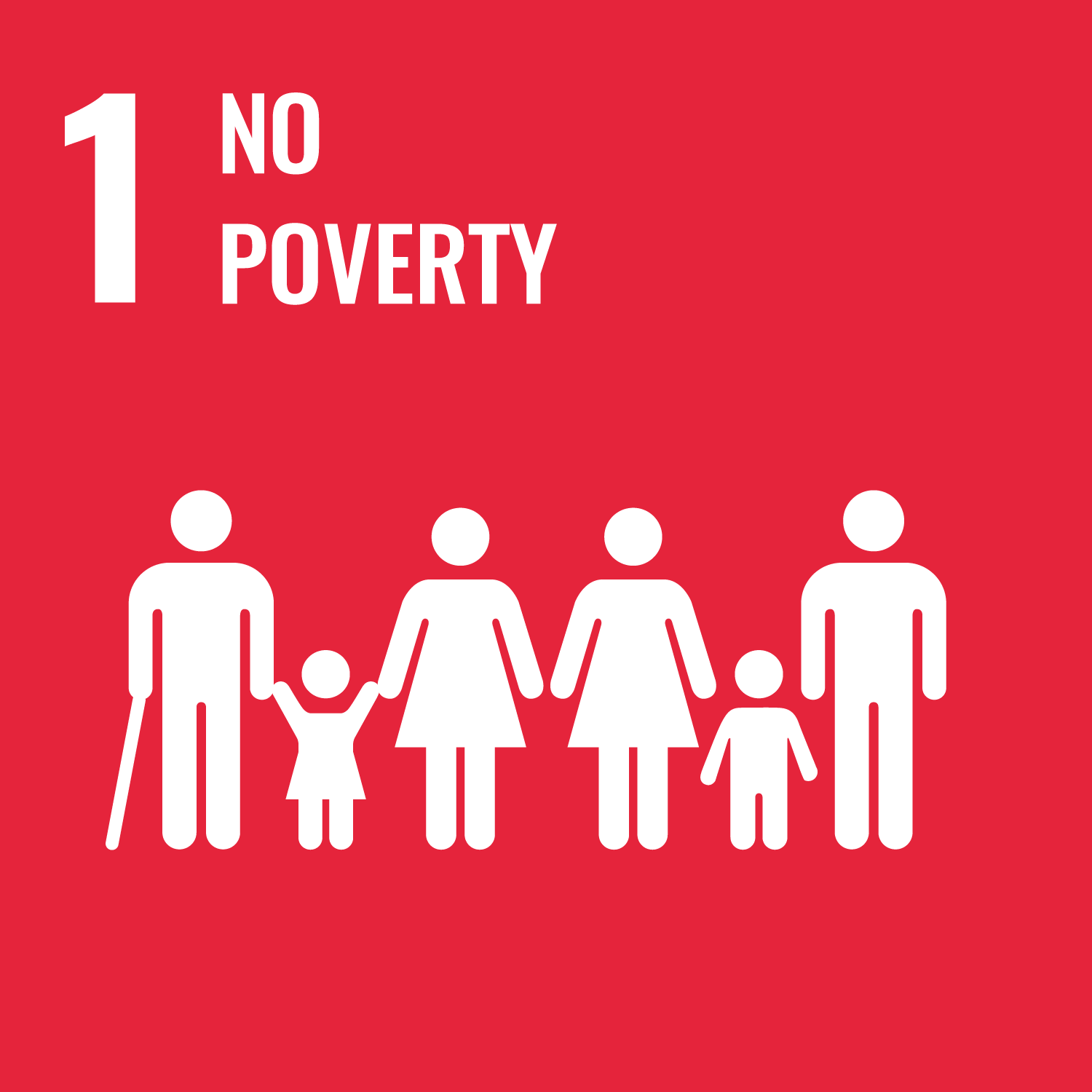
Poverty: Norway's poverty rate is one of the lowest in the world. In 2019, only 4.5% of the population was living below the poverty line. The government provides a range of social welfare programs to support those who are struggling financially. These programs include unemployment benefits, child benefits, disability benefits, and housing allowances
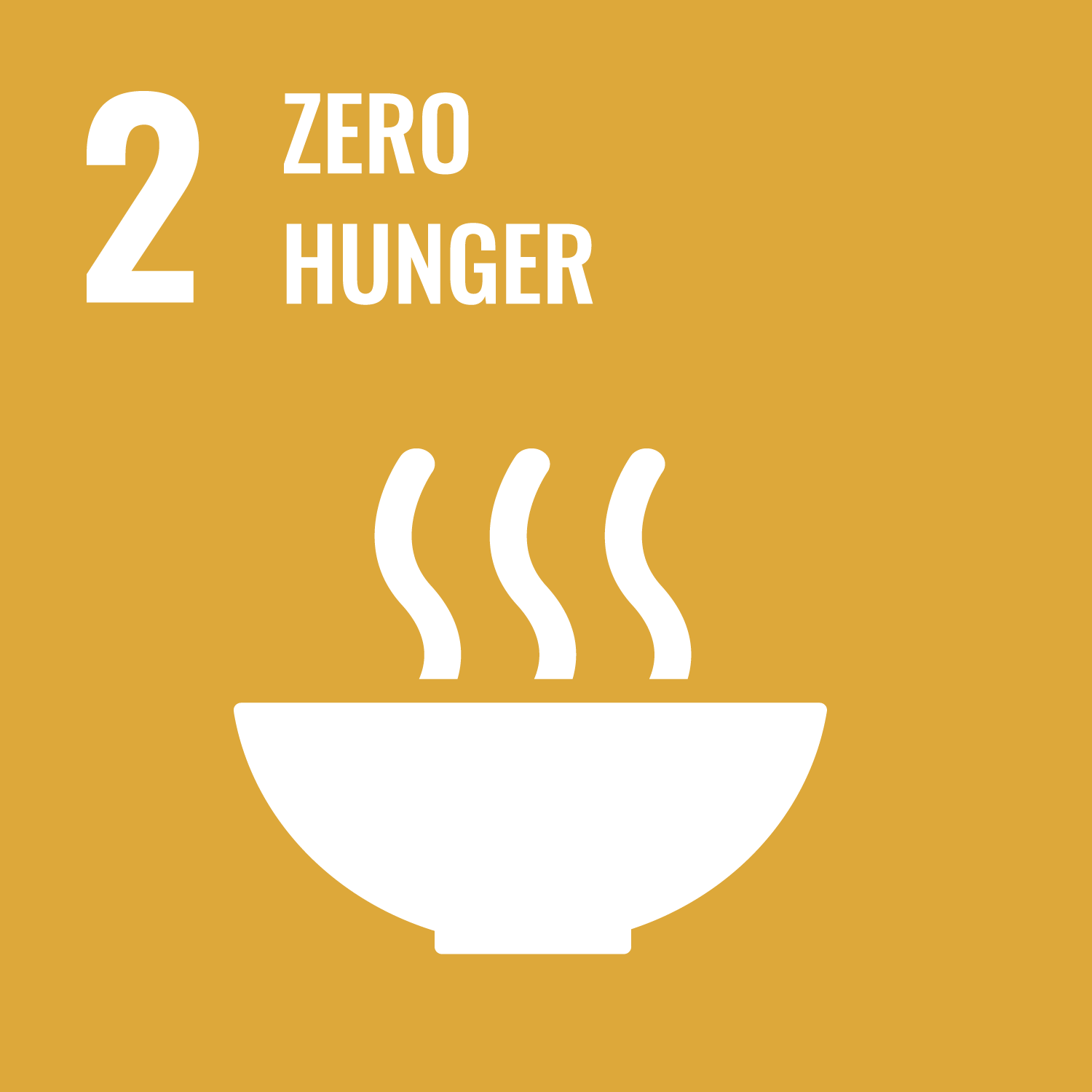
Norway has a well-developed food system that ensures that everyone has access to safe and nutritious food. The country has a low rate of food insecurity, with only 3.7% of the population experiencing moderate or severe food insecurity in 2018.
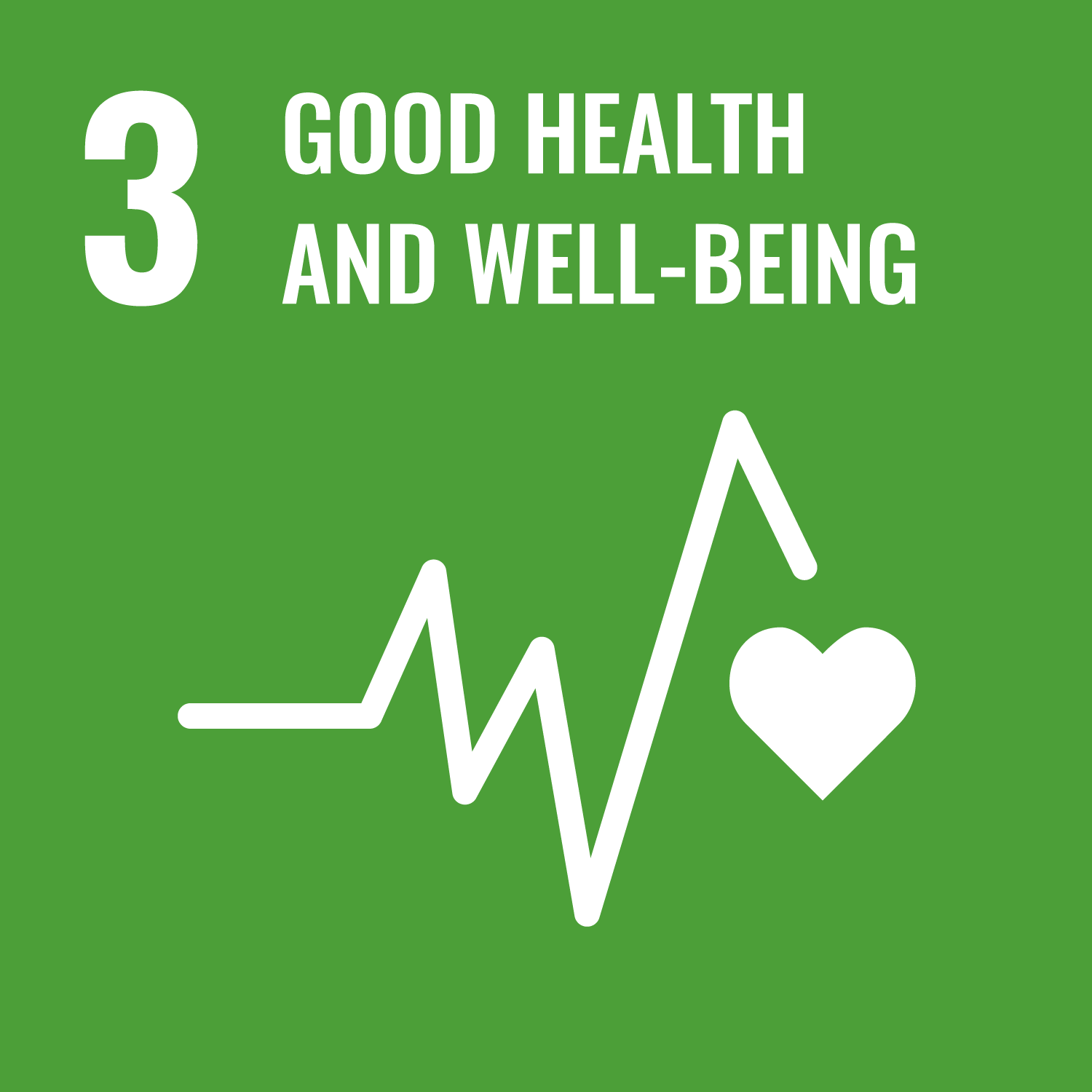
Healthcare: Norway has a universal healthcare system that provides free medical care to all citizens. The country has a high life expectancy rate of 83 years and a low infant mortality rate of 2.4 deaths per 1000 live births.
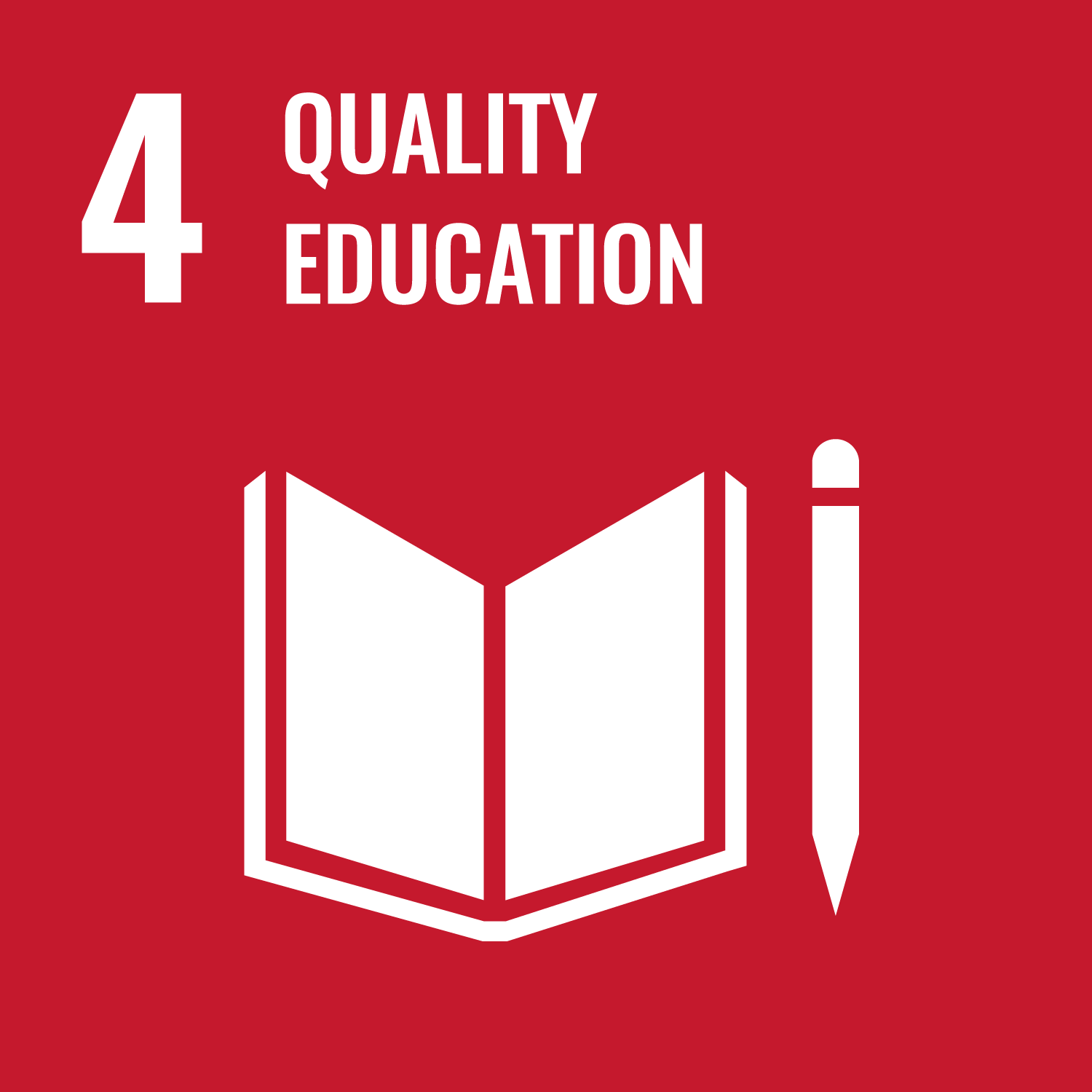
Norway has a high-quality education system that is free for all citizens. The country has a literacy rate of 100%, and the government invests heavily in education research and development.
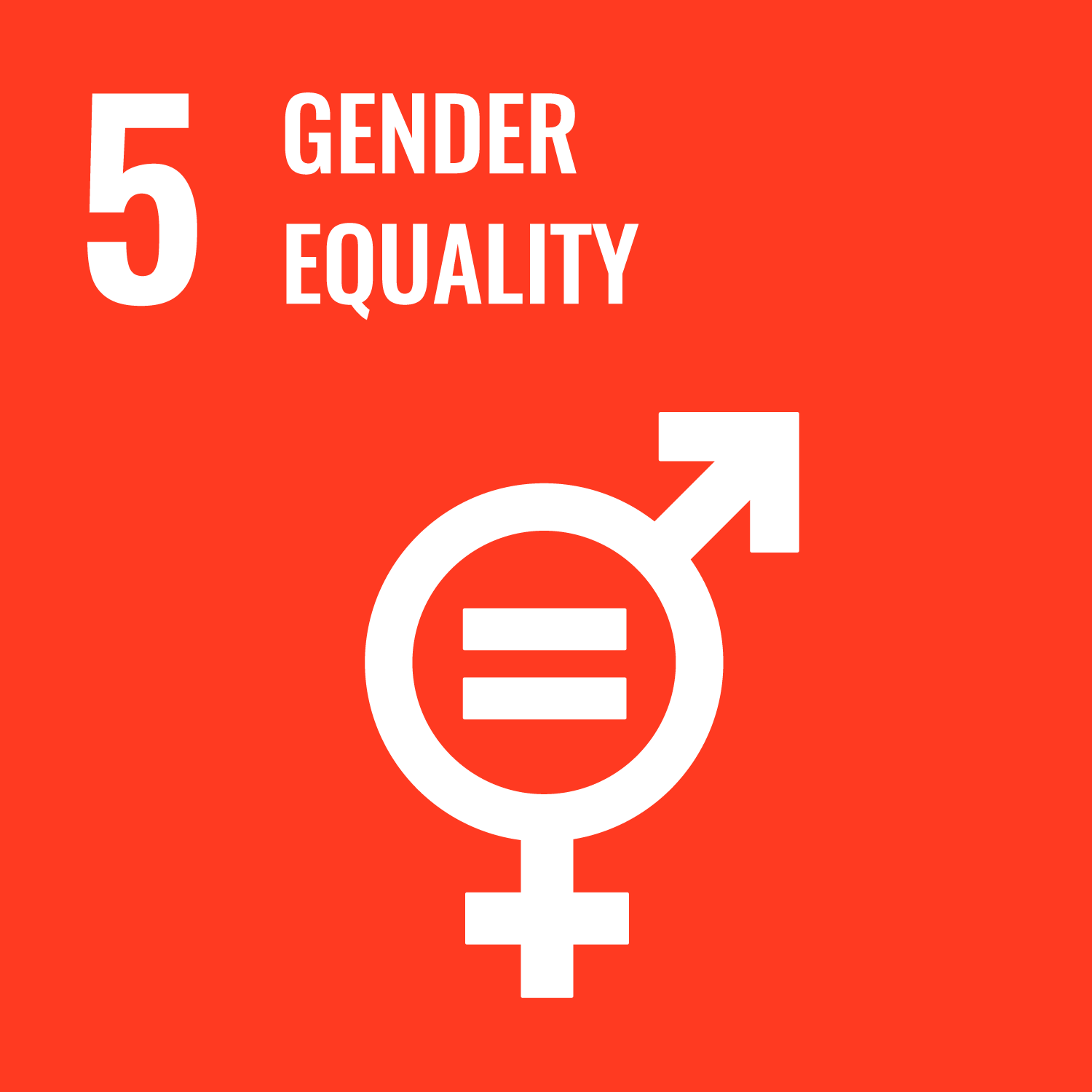
Gender Equality: Norway is one of the most gender-equal countries in the world. The country has implemented policies to promote gender equality in the workplace, including mandatory gender quotas for corporate boards.
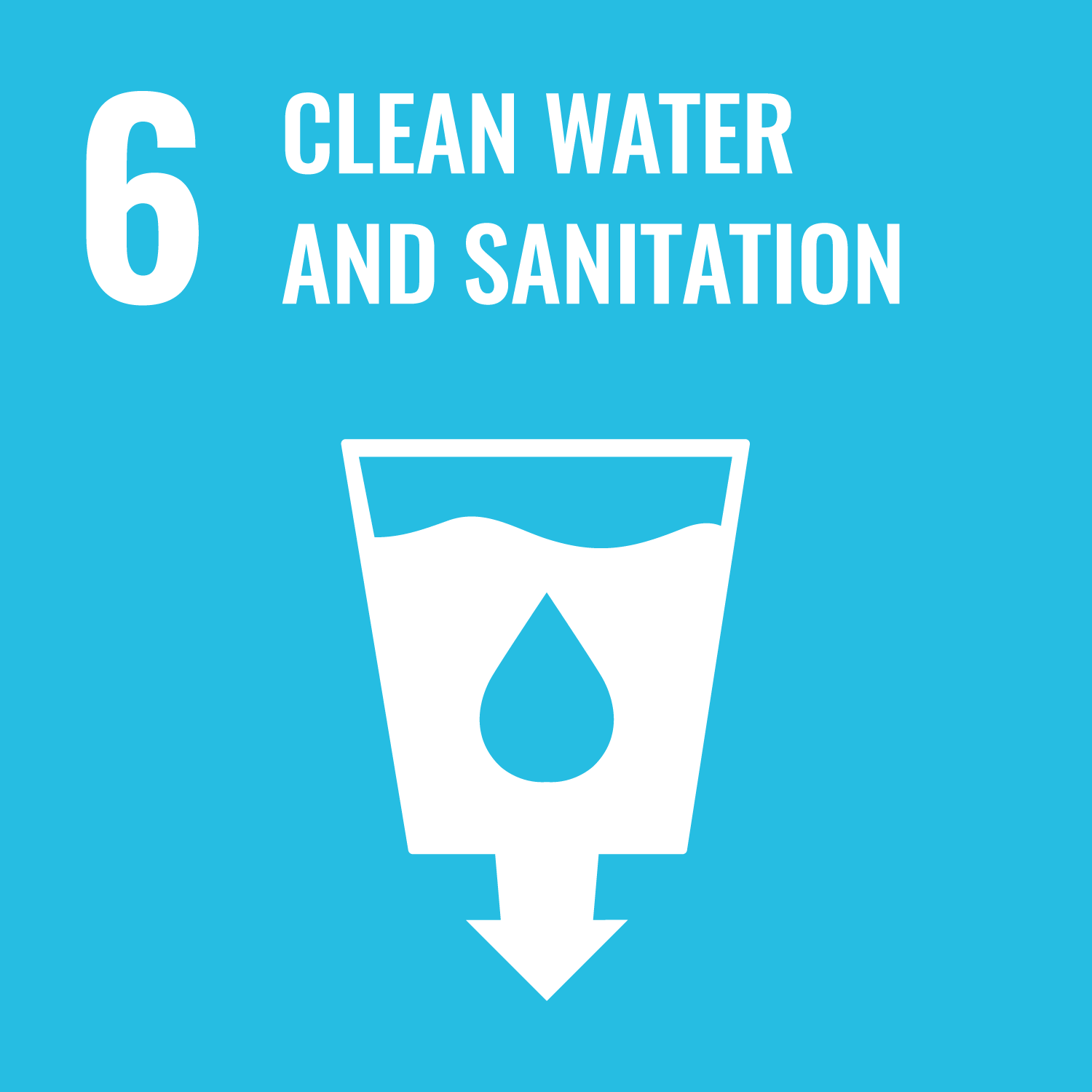
Clean Water Sanitation: Norway has a well-developed water and sanitation system that ensures access to clean water for all citizens. The country has a high rate of access to improved water sources, with 100% of the population having access to clean drinking water.
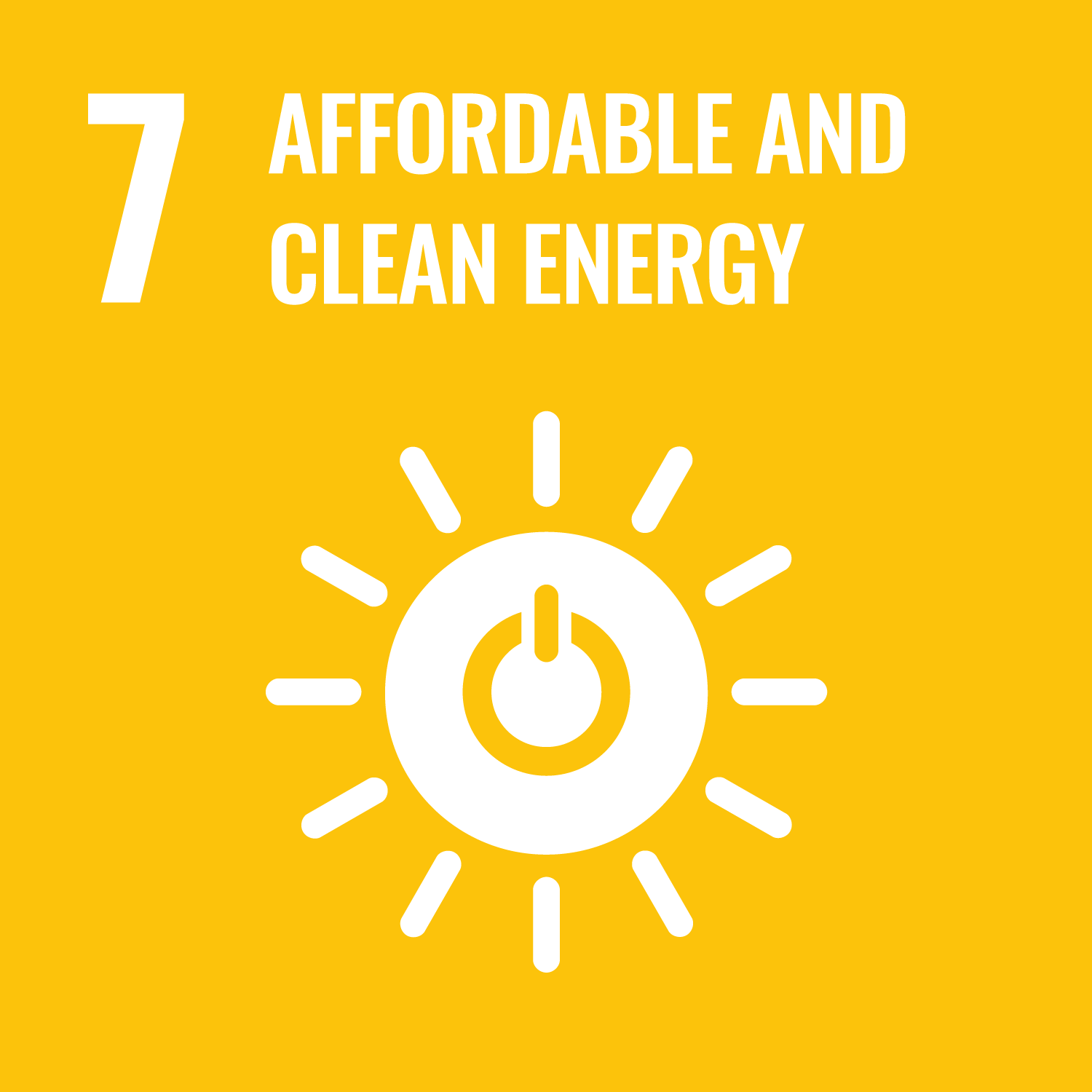
Affordable Clean Energy: Norway is a leader in renewable energy production, with over 98% of its electricity coming from renewable sources. The country has also implemented policies to promote energy efficiency and reduce greenhouse gas emissions.
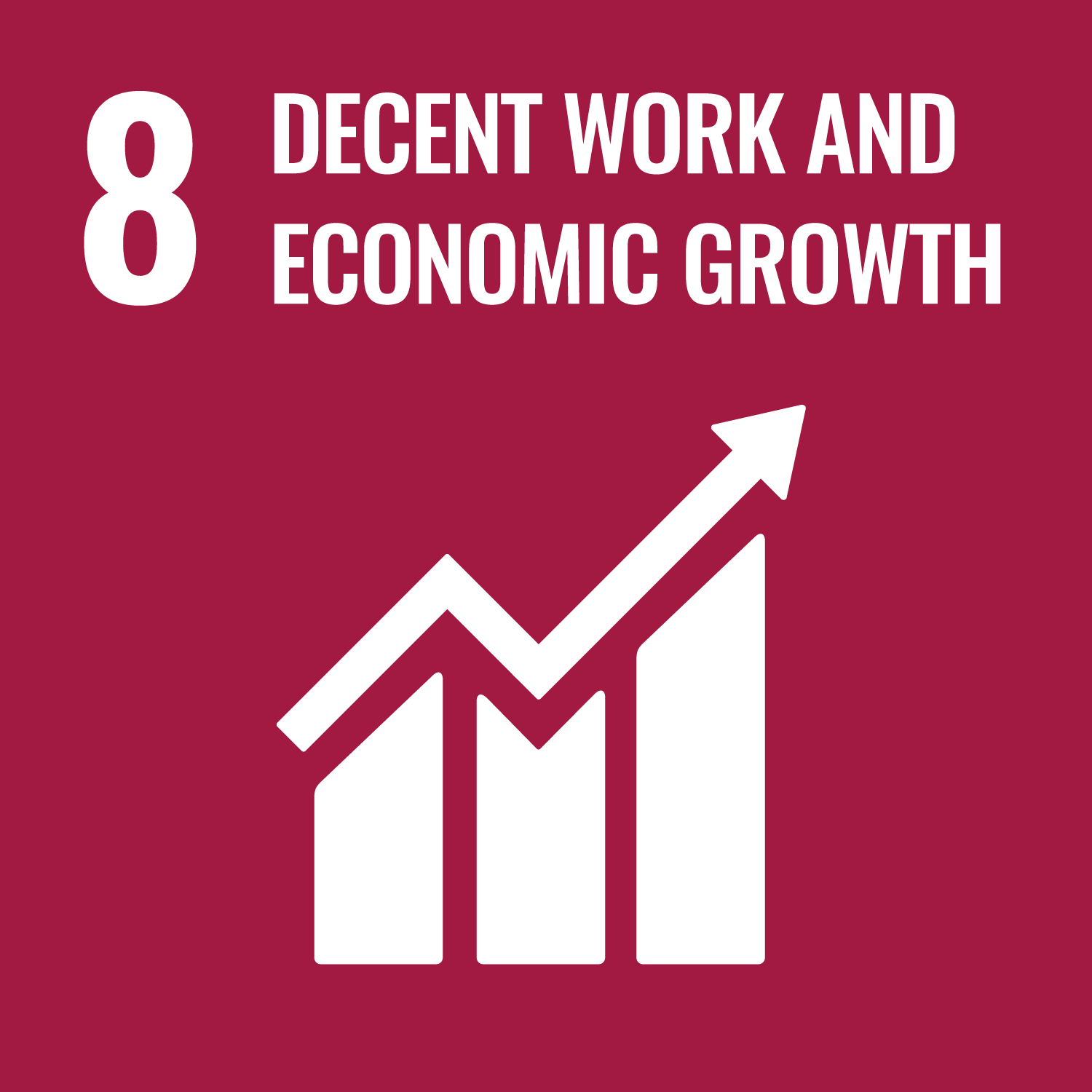
Norway has a strong economy that is driven by its petroleum industry. The country has a low unemployment rate of 3.9% and a high GDP per capita of $81,000.
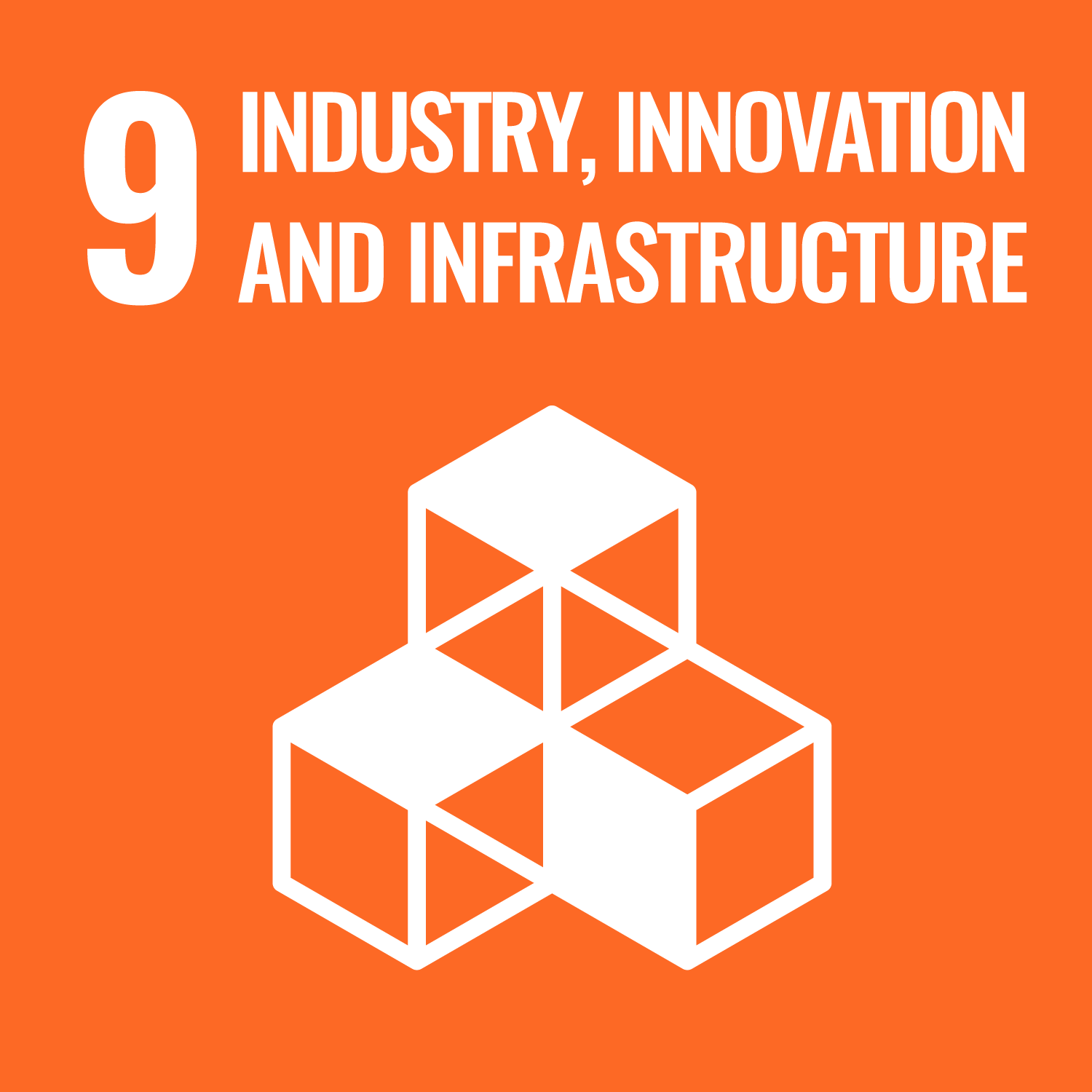
Norway has a thriving innovation ecosystem that supports startups and encourages entrepreneurship. The country has a high number of patents per capita and invests heavily in research and development.
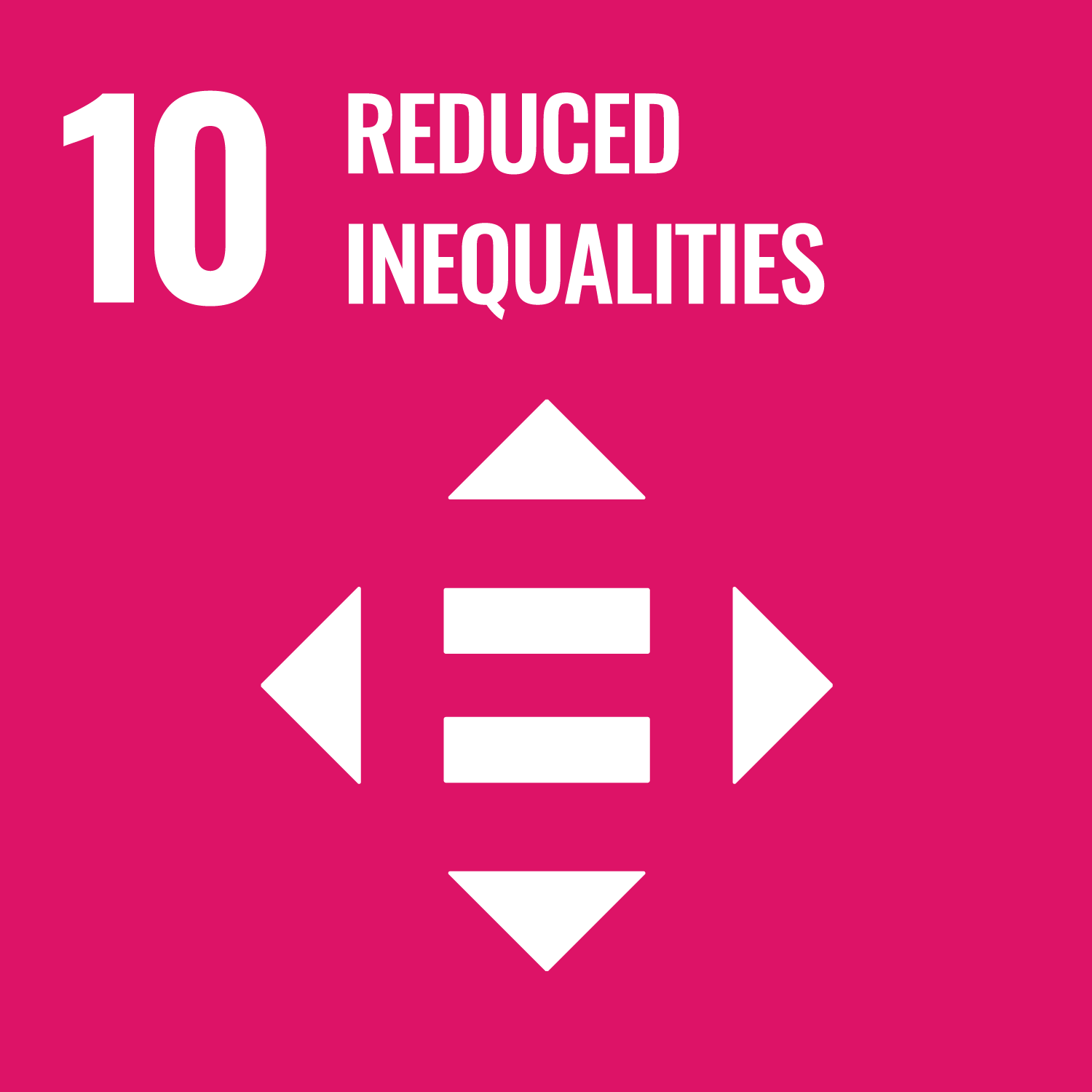
Norway has implemented policies to reduce inequalities in income and wealth distribution. The country has a low Gini coefficient of 0.25, indicating a relatively equal distribution of income.
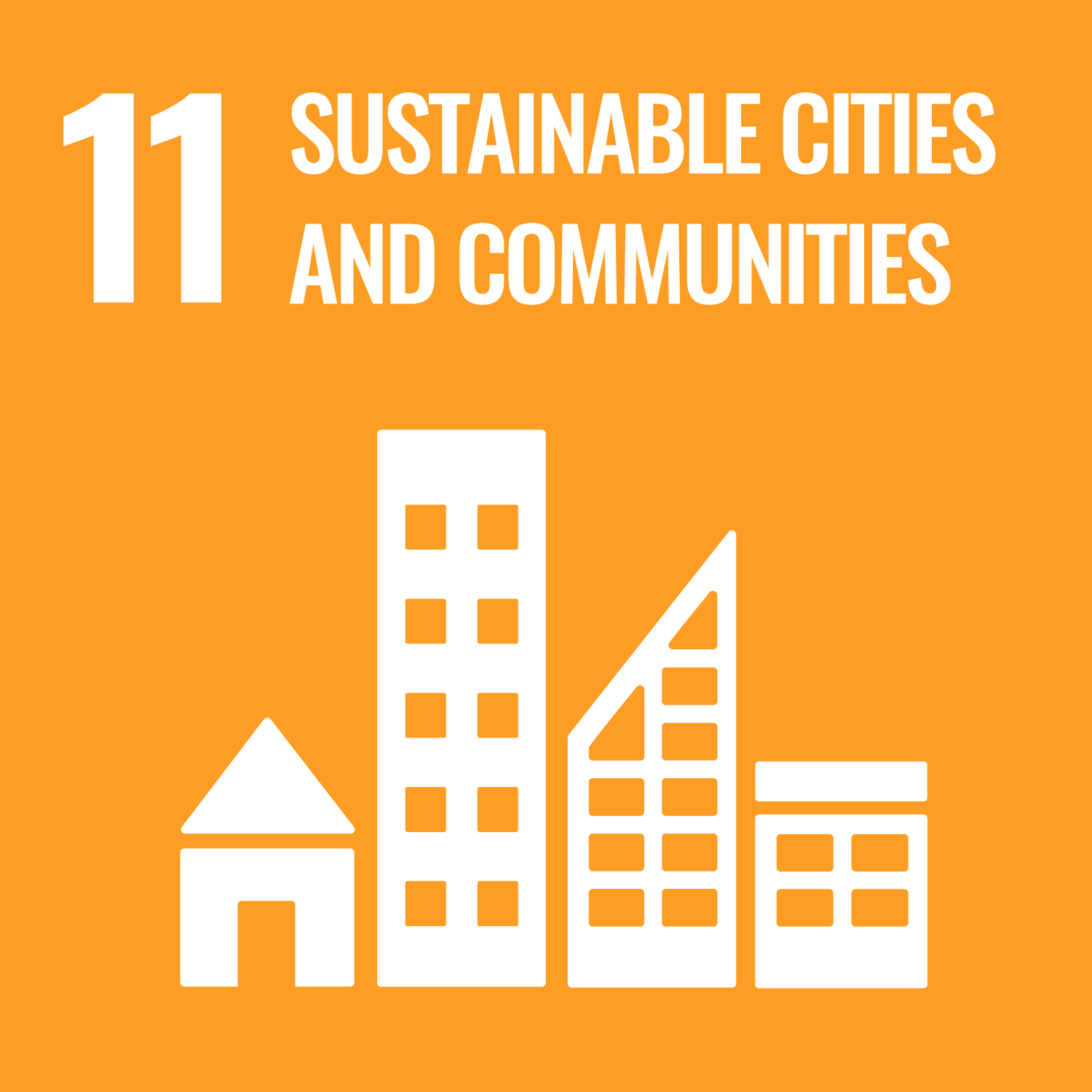
Norway is committed to building sustainable cities that are environmentally friendly and socially inclusive. The country has implemented policies to promote public transportation, cycling, and walking.
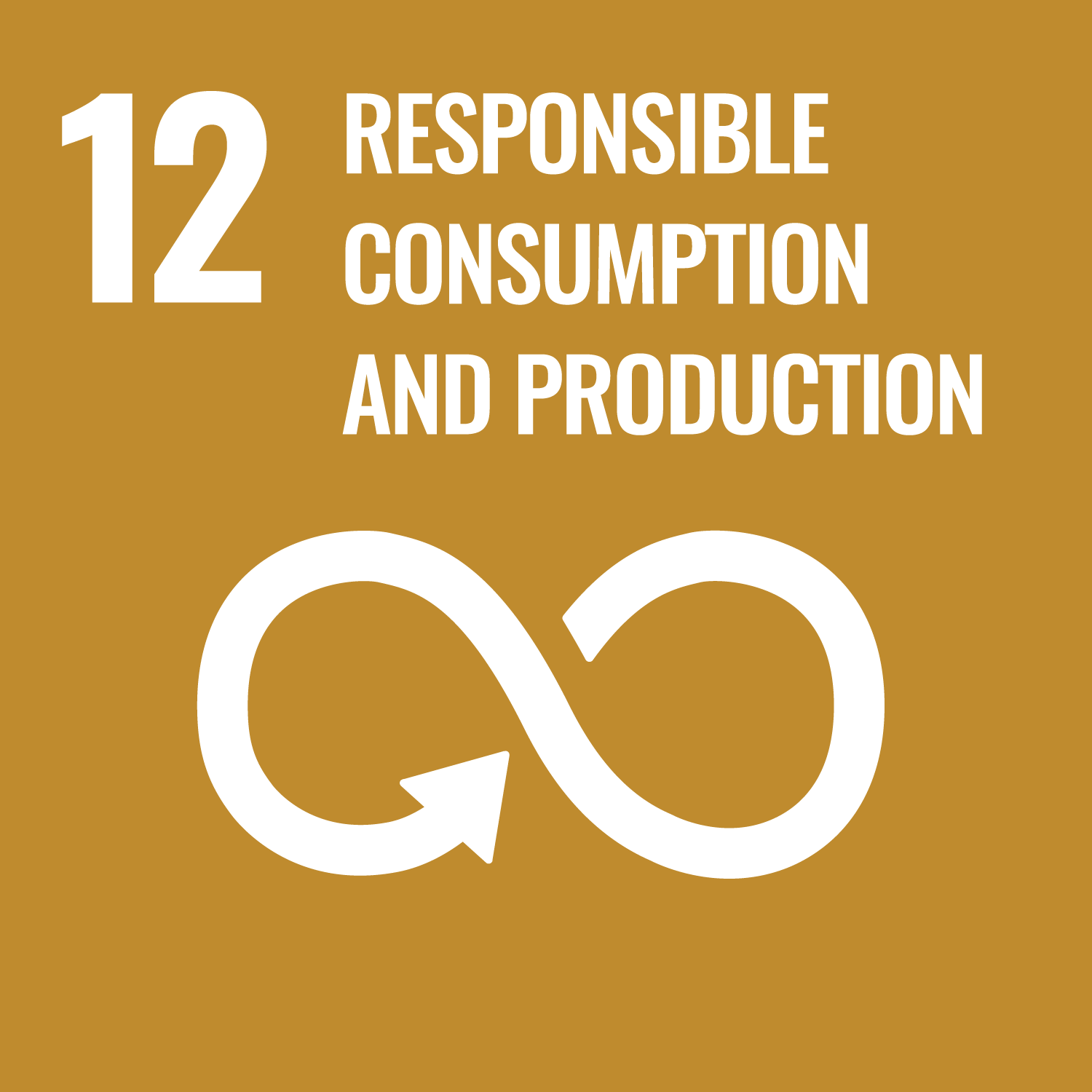
Norway is committed to building sustainable cities that are environmentally friendly and socially inclusive. The country has implemented policies to promote public transportation, cycling, and walking.
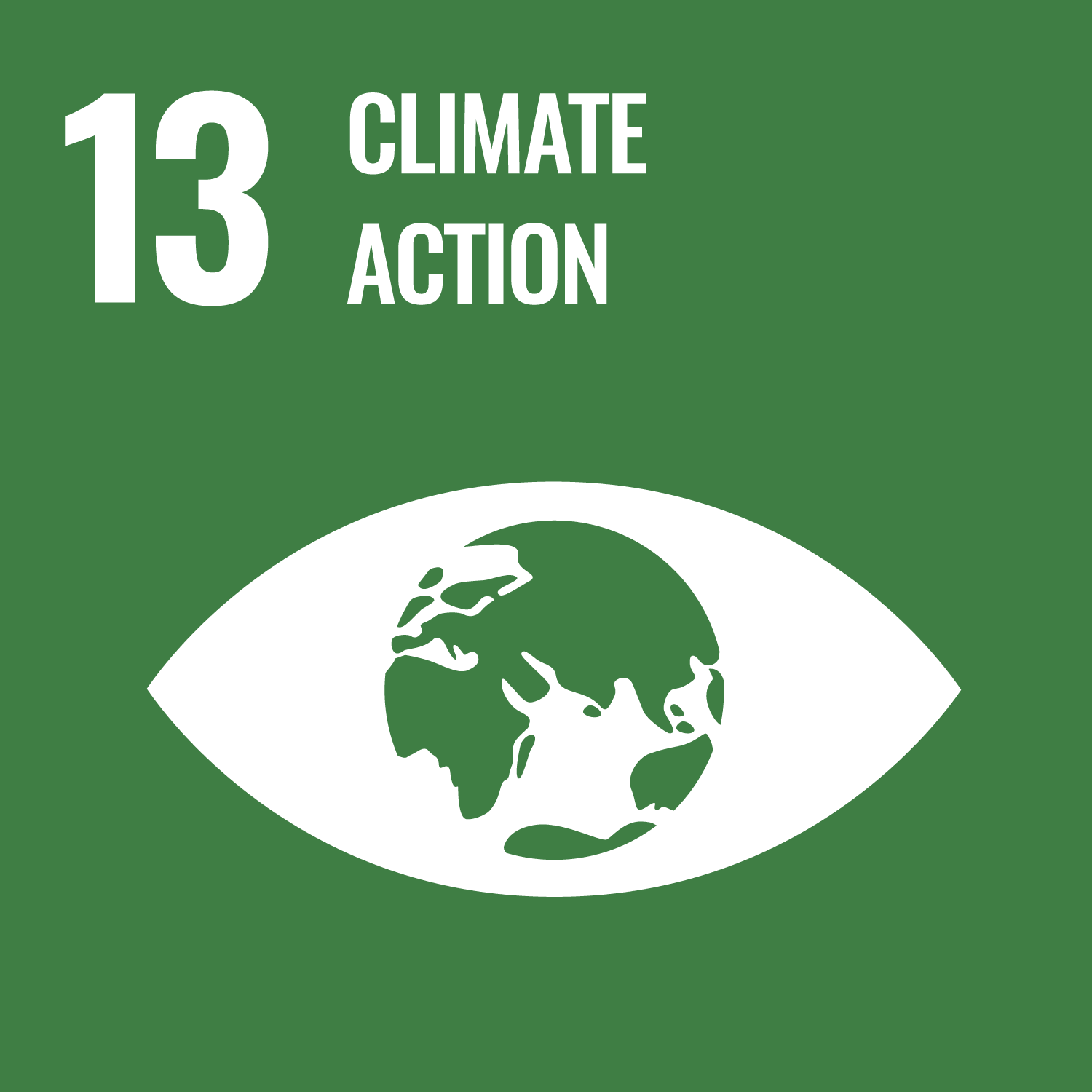
Climate Action: Norway is committed to reducing greenhouse gas emissions and mitigating the impacts of climate change. The country has implemented policies to promote renewable energy production and reduce fossil fuel consumption.
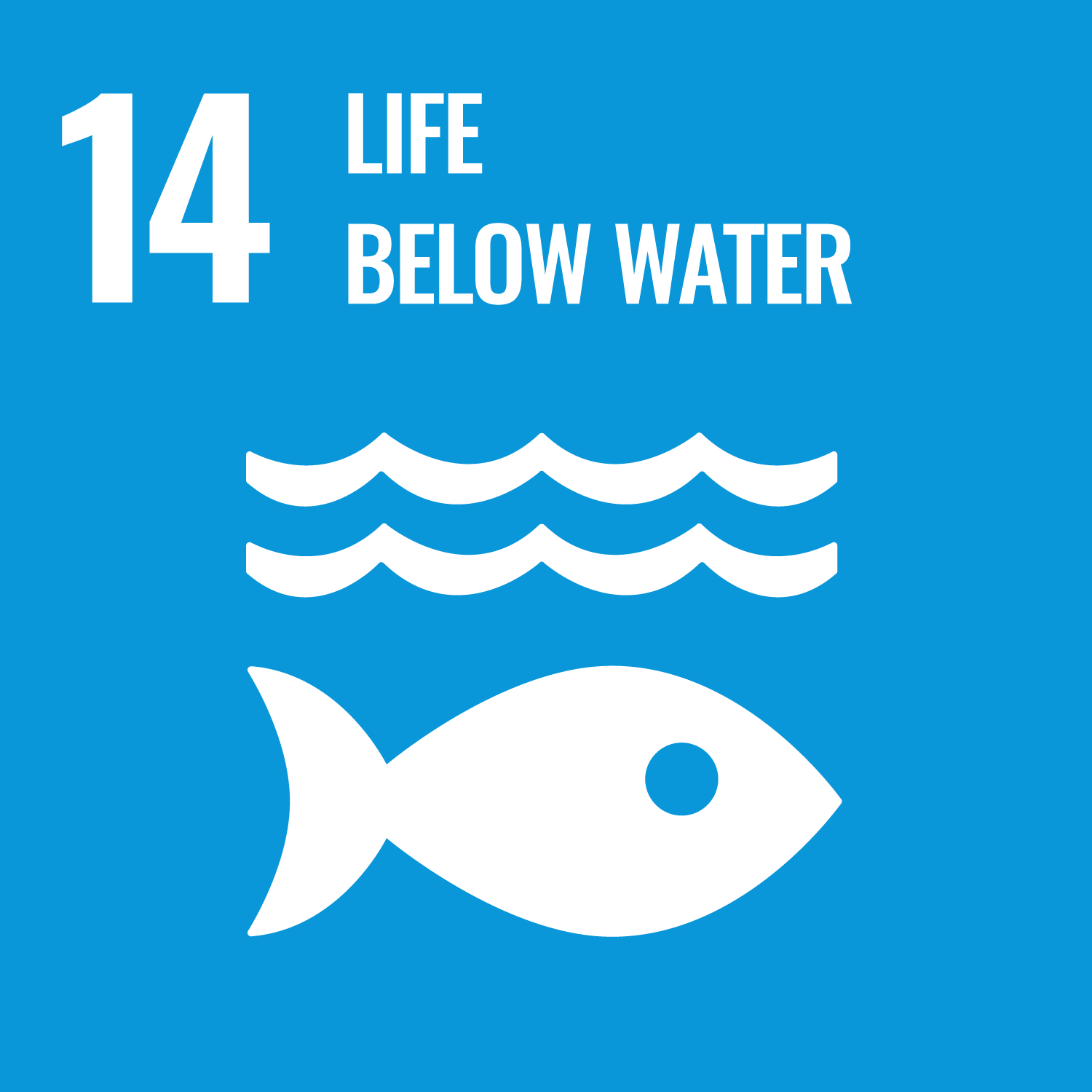
Aquatic Environment: Norway has a rich aquatic environment that is home to numerous species of fish and marine mammals. The country has implemented policies to protect its coastal areas and promote sustainable fishing practices.
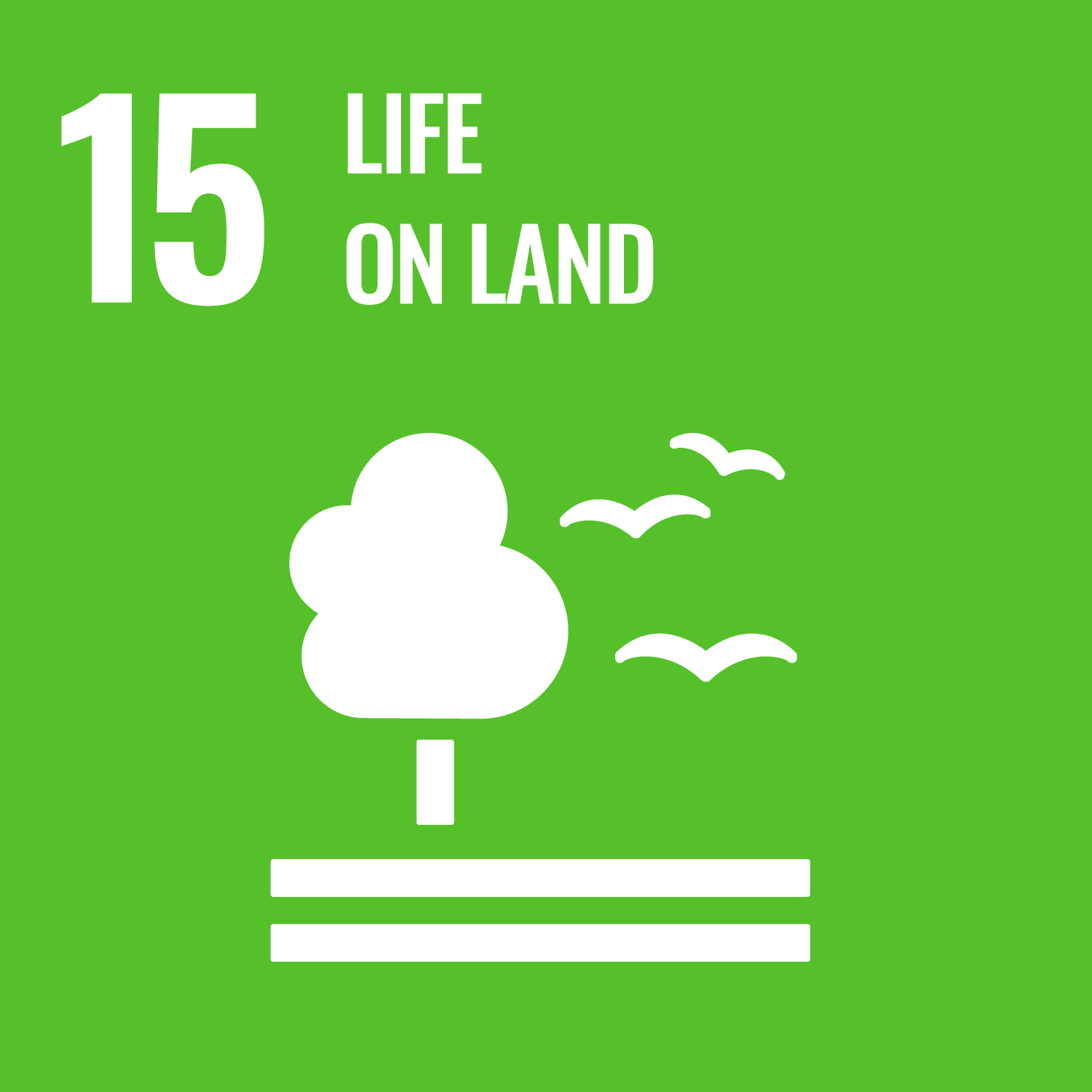
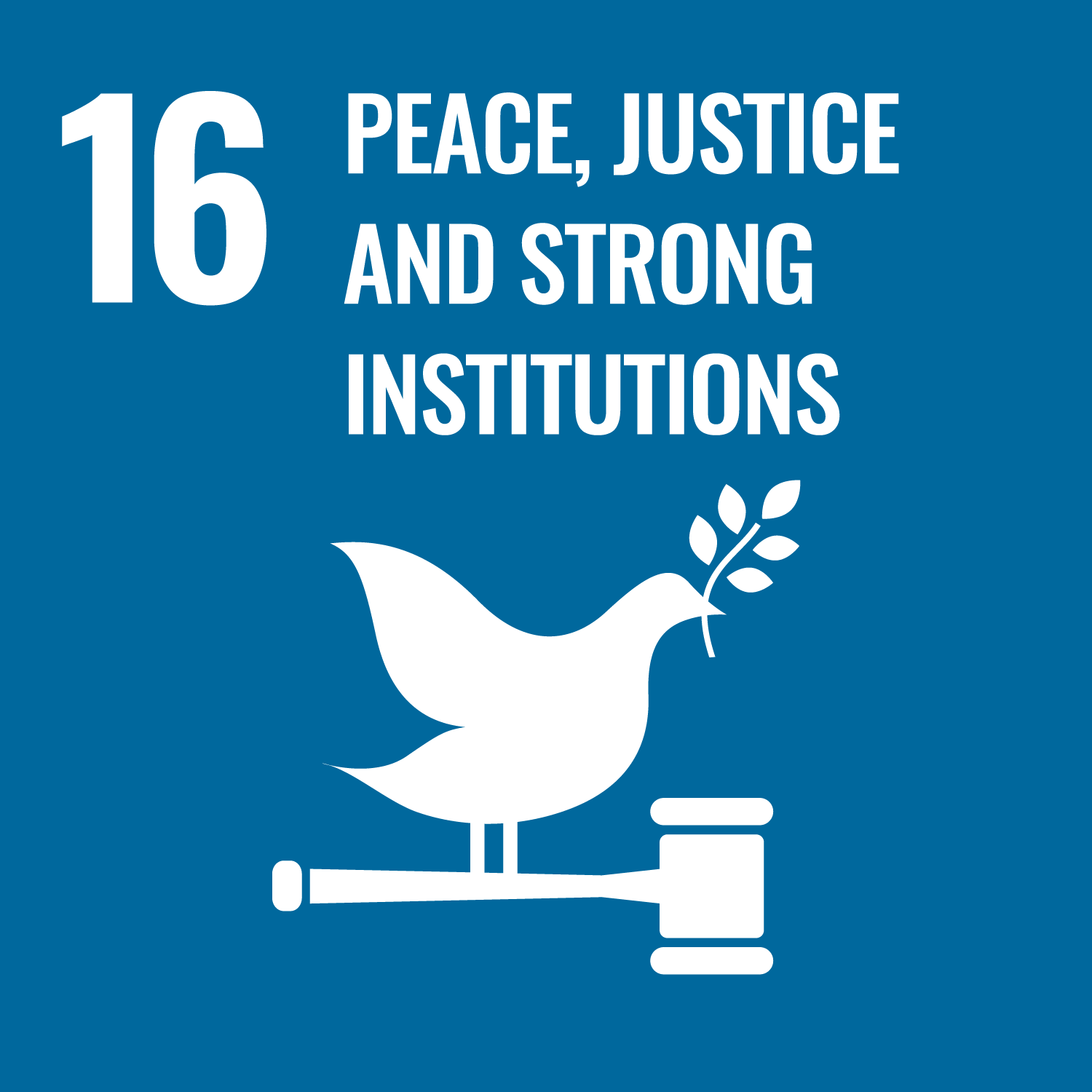
Natural Environment: Norway is home to some of the most beautiful natural landscapes in the world, including fjords, mountains, and forests. The country has implemented policies to protect its natural environment and promote sustainable tourism.
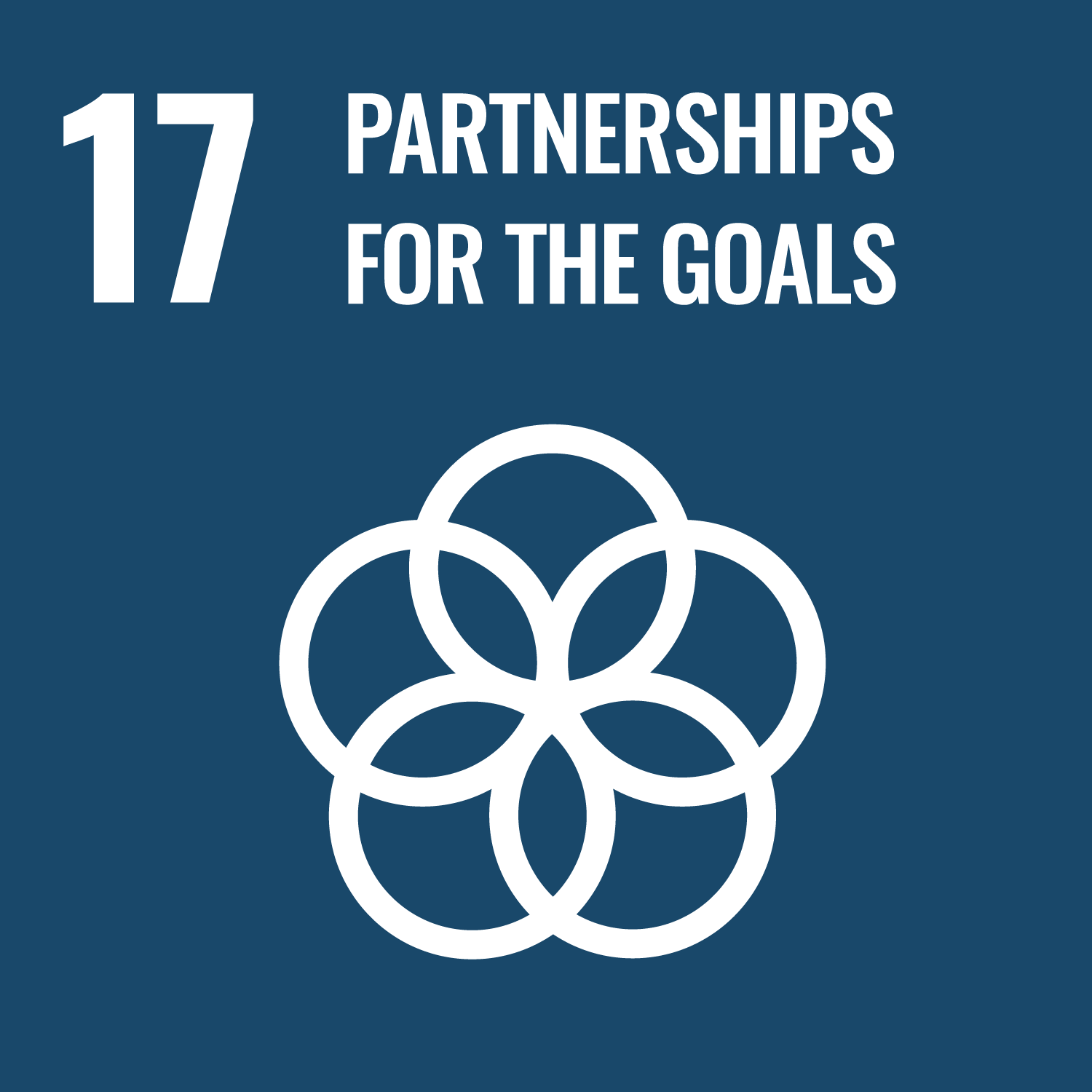
Partnerships for the Goals: Norway recognizes that achieving the SDGs will require collaboration between governments, civil society organizations, and the private sector. The country has established partnerships with other countries and organizations to work towards achieving the SDGs.



